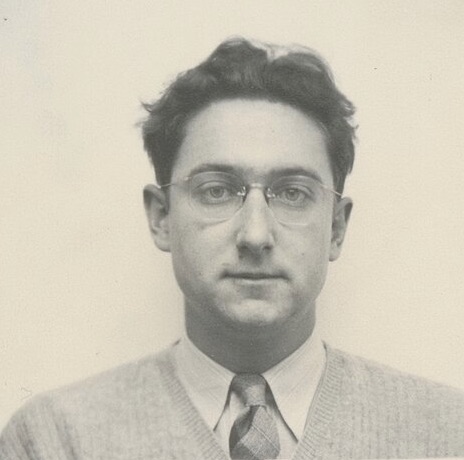
Joseph William Kennedy was born on May 30, 1916 in Nacogdoches, Texas, where he spent his early childhood. When he was about 7 years old, the family moved to Center, Texas, where Joseph received his elementary and secondary school education. In 1931, at the age of 15, Joseph enrolled at Stephen F. Austin State Teachers College and four years later, had earned his Bachelor of Arts degree from that university, and a Master of Arts degree from the University of Kansas. The next year he enrolled at the University of California, Berkeley and in 1939 was awarded his doctorate in Chemistry under the supervision of renowned physicist Glenn T. Seaborg.
In February 1940, Seaborg and Edwin McMillan bombarded uranium atoms with deuterons (hydrogen isotopes) yielding an interim element that ultimately decayed into a new element, plutonium-239, having atomic number 94. Kennedy designed and built detectors that identified the existence of plutonium. On March 28, 1941, while World War II was raging in Europe, Kennedy and physicist Emilio Segré demonstrated that plutonium-239 was fissile. This meant that a lump of plutonium-239 bombarded by a low velocity neutron, could trigger a chain reaction that would release huge amounts of nuclear energy. This meant that plutonium-239 could replace uranium-235 as the material used in a nuclear bomb.
In March 1943, Kennedy, at the tender age of 26, was recruited to the Manhattan Project at Los Alamos to lead the group responsible for the purification and manufacture of the materials for a nuclear bomb. After the war, he was appointed to a professorship at Washington University in St. Louis and in 1946 became the Chair of the Chemistry Department.
On May 5, 1957, Joseph William Kennedy, at 40 years of age, died in Corpus Christi, Texas from stomach cancer. He is remembered for his significant achievements in developing processes for producing plutonium in a form that is usable in nuclear reactors and weapons.
